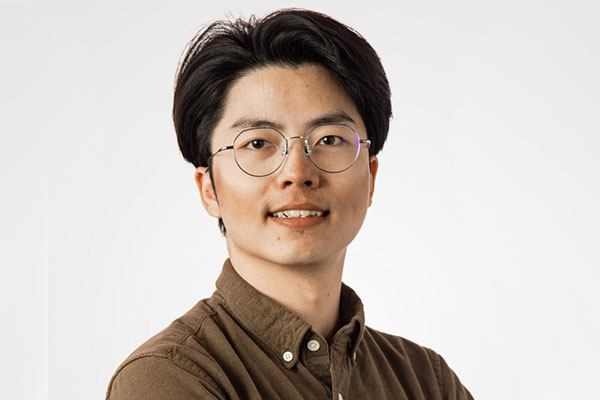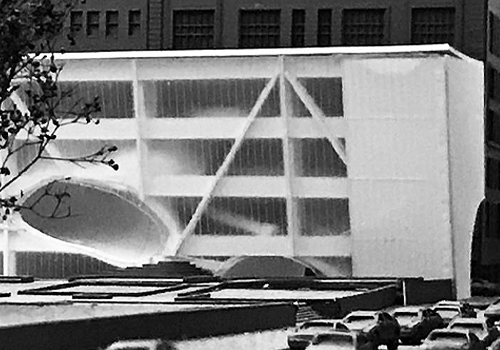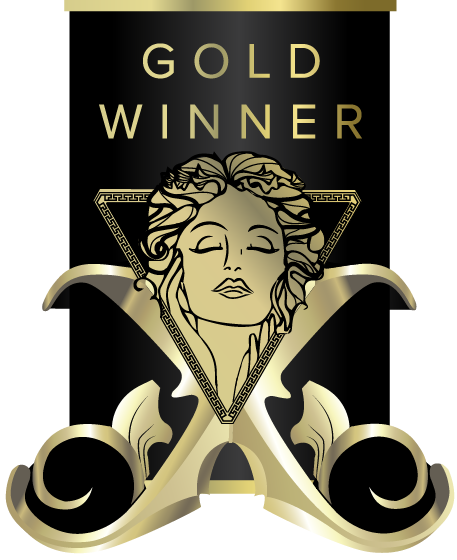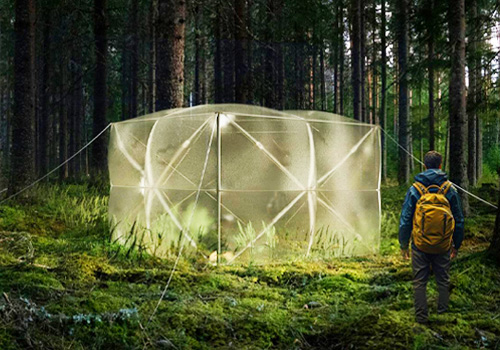
Interview
Jian Zhu
1 Congratulations on winning the MUSE Design Awards! Can you introduce yourself and share about what inspired you to pursue design as a career?
Thank you! I’m Jian, and my design journey began with a passion for engineering and sustainability. Inspired by projects like the Solar Decathlon, I saw how design can empower communities and shape a better future. I pursue design to create meaningful, lasting impact through innovation, storytelling, and human-centered solutions.
2 What does being recognized in the MUSE Design Awards mean to you?
Being recognized by the MUSE Design Awards is a deeply meaningful honor. It validates the passion, purpose, and collaboration behind my work. More than a personal achievement, it’s a reminder that thoughtful, human-centered design can inspire change—and it motivates me to keep pushing creative boundaries that make a real difference.
3 How has this achievement impacted your career, team, or agency, and what opportunities has it brought so far?
This achievement has brought a surge of energy and pride to my career and team. It’s strengthened our credibility, opened doors to exciting collaborations, and sparked new interest in our work—from clients to creative partners. It’s also reinforced our shared belief in design’s power to drive innovation and positive change.
4 What role does experimentation play in your creative process? Can you share an example?
Experimentation is at the heart of my creative process—it’s how ideas evolve and innovation happens. I see it as a way to explore beyond the obvious and discover unexpected solutions. For example, while working on a solar-powered pavilion, we experimented with modular forms and adaptive materials. Through multiple prototypes and environmental simulations, we refined a design that not only generated energy efficiently but also responded beautifully to light and user interaction. That spirit of curiosity and iteration is what drives every project forward.
5 What's the most unusual source of inspiration you've ever drawn from for a project?
One of the most unusual—and inspiring—sources I’ve drawn from was the shape of a generator and Nikola Tesla’s wireless electrical charger. For a Tesla museum project, we designed the central void to echo that form. Even more uniquely, we harnessed visitors’ footsteps to generate energy, turning movement into power and creating an immersive, interactive experience. It was a blend of history, science, and design that honored Tesla’s legacy while engaging people in a tangible, memorable way.
6 What’s one thing you wish more people understood about the design process?
I wish more people understood that the design process is not just about aesthetics—it’s a journey of problem-solving, empathy, and iteration. Great design comes from deep research, testing, and collaboration. It takes time, exploration, and even failure to arrive at solutions that are not only beautiful, but meaningful and effective.
7 How do you navigate the balance between meeting client expectations and staying true to your ideas?
Balancing client expectations with creative vision is all about communication and trust. I believe a good designer should guide the client—not just deliver what’s asked, but help them see what’s possible. By listening closely, understanding their needs, and sharing ideas with clarity and purpose, we can co-create solutions that are both visionary and aligned.
8 What were the challenges you faced while working on your award-winning design, and how did you overcome them?
One key challenge in creating the Halo Bubble was navigating differing ideas—natural in any collaboration. Working with my design partner, Rubo Sun, we embraced open communication and focused on recognizing each other’s strengths. Trust and mutual respect helped us align our vision, turning diverse perspectives into a unified, award-winning design.
9 How do you recharge your creativity when you hit a creative block?
When I hit a creative block, I recharge by exploring the latest innovations in technology. New materials, digital tools, and sustainable systems often spark fresh ideas and open new design possibilities. Stepping back to learn and observe how tech is reshaping our industry helps me return to my work with renewed vision and excitement.
10 What personal values or experiences do you infuse into your designs?
I infuse values of sustainability, innovation, and human-centered design into every project. My background in renewable energy and STEM education drives me to create designs that are not only functional but also responsible and forward-thinking. I prioritize designs that foster connection, promote inclusivity, and leave a lasting positive impact on the environment and communities.
11 What is an advice that you would you give to aspiring designers aiming for success?
My advice to aspiring designers is to stay curious and embrace learning—both from successes and failures. Don't be afraid to experiment, and always seek to understand the deeper context of the project. Build a strong foundation of communication and collaboration, because great design is often a collective effort. And most importantly, stay true to your vision while being open to new ideas and feedback. Keep pushing boundaries!
12 If you could collaborate with any designer, past or present, who would it be and why?
If I could collaborate with any designer, it would be Kisho Kurokawa. His visionary thinking, especially through Metabolist architecture, deeply inspires me. He blended technology, adaptability, and philosophy in a way that feels more relevant than ever today. I’d love to explore how his ideas of impermanence and modularity could evolve in response to today’s environmental and social challenges—bringing together his legacy with contemporary design thinking.
13 What's one question you wish people would ask you about your work, and what's your answer?
I wish people would ask: “How do you define the relationship between form, function, and meaning in your design philosophy?” My answer: I see form, function, and meaning as an interconnected triad—none should exist in isolation. Form gives shape to function, but meaning gives depth to both. A successful design not only works and looks compelling, but also tells a story or evokes a response. I aim to create spaces where aesthetics and utility serve a greater narrative—rooted in culture, context, and the human experience.



